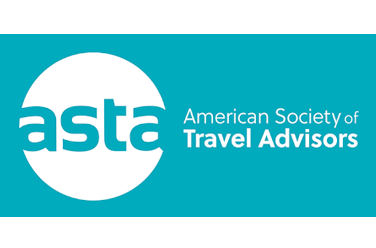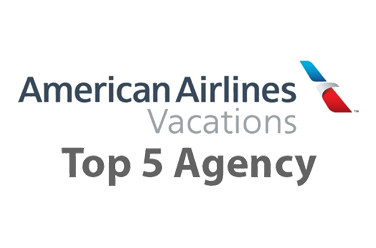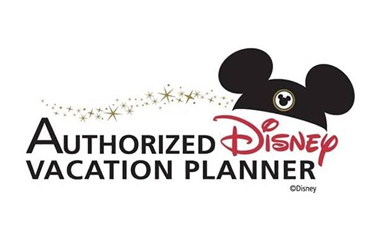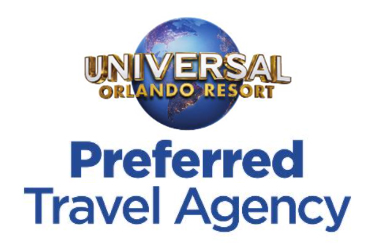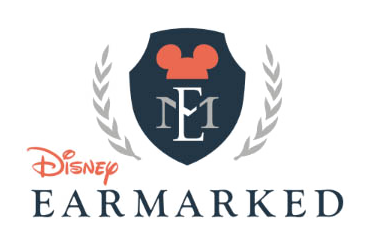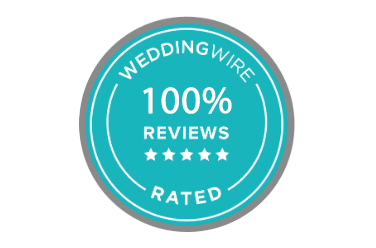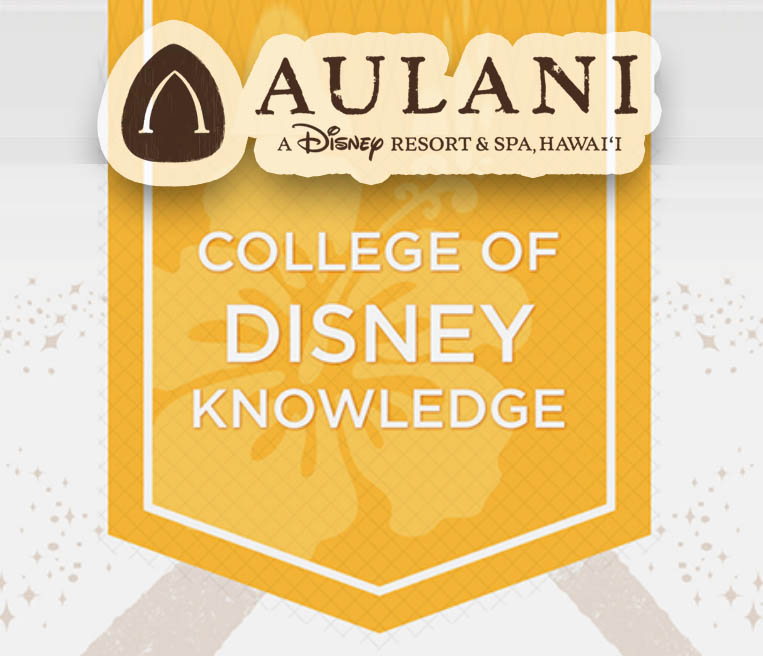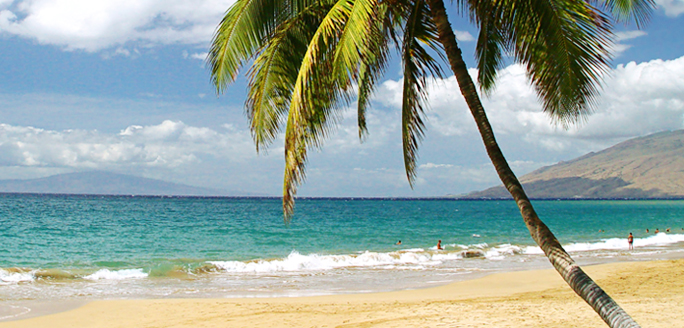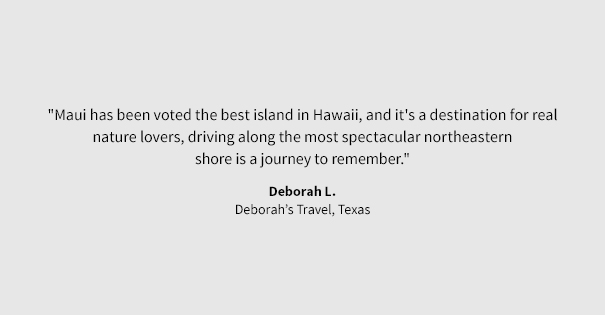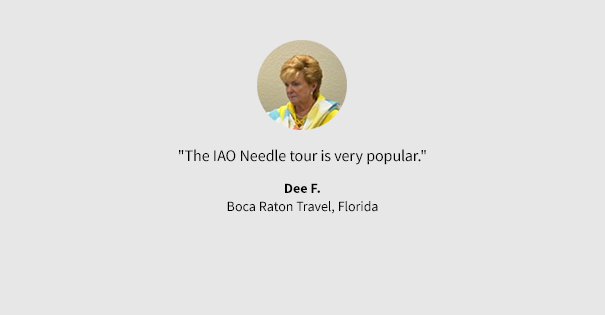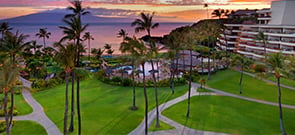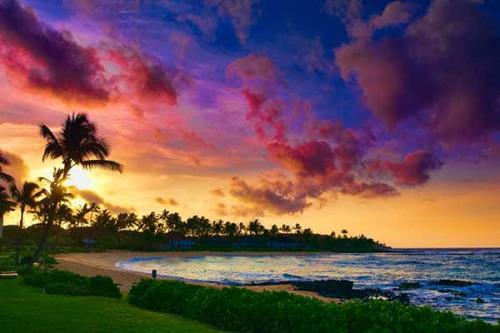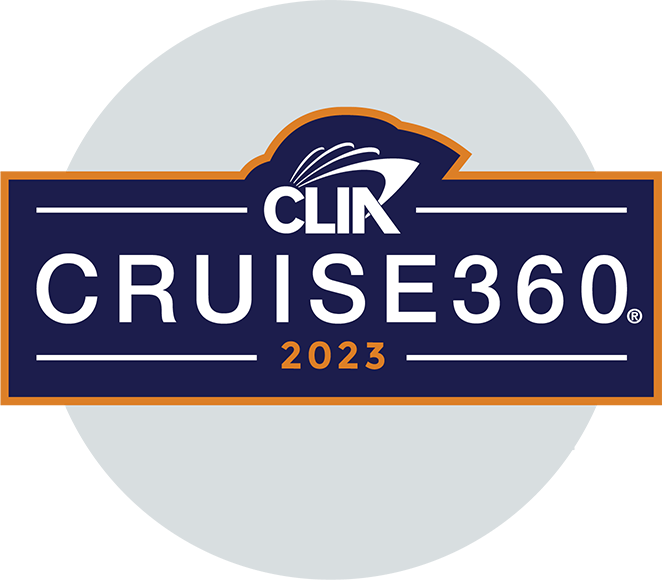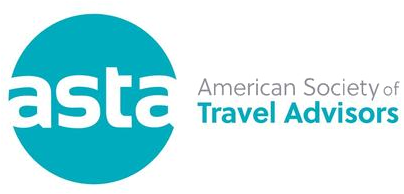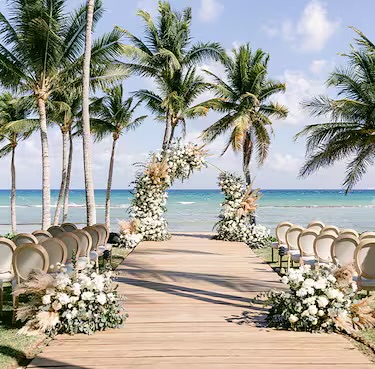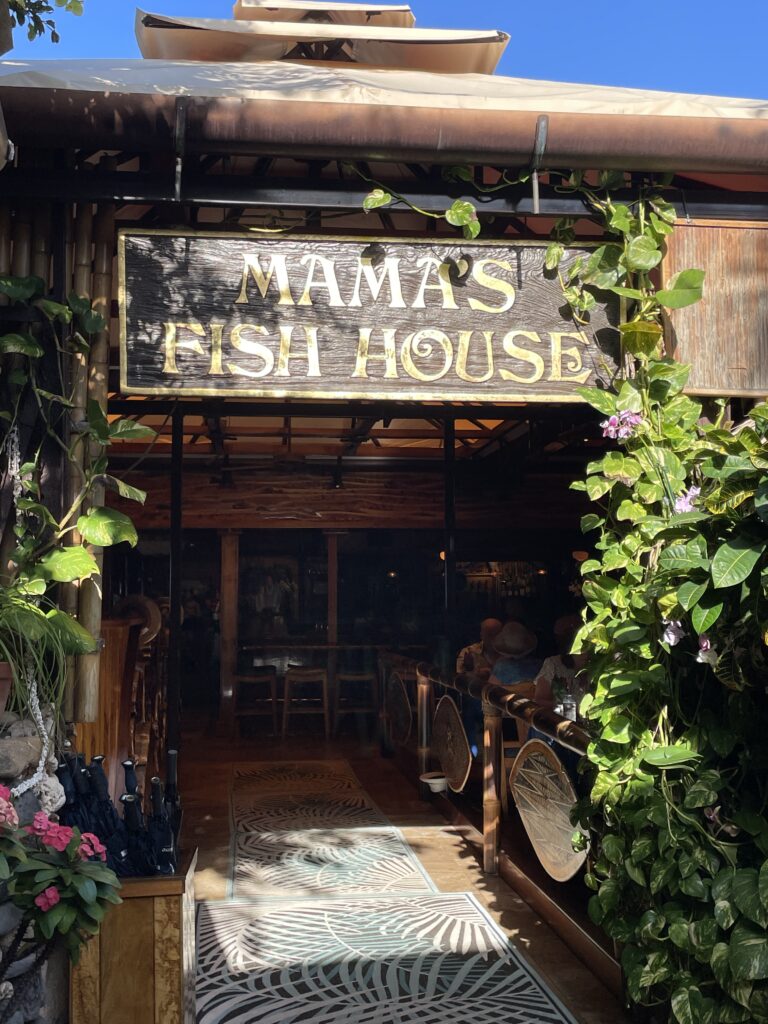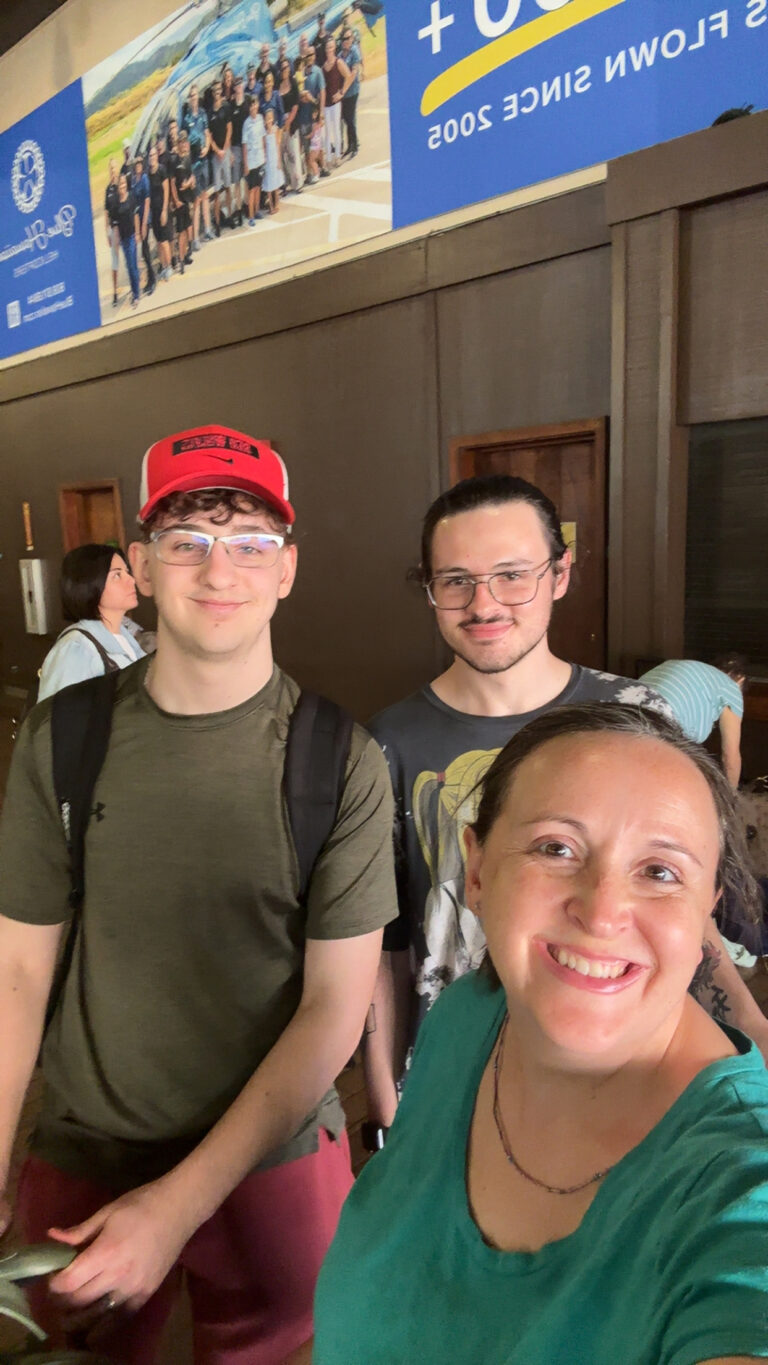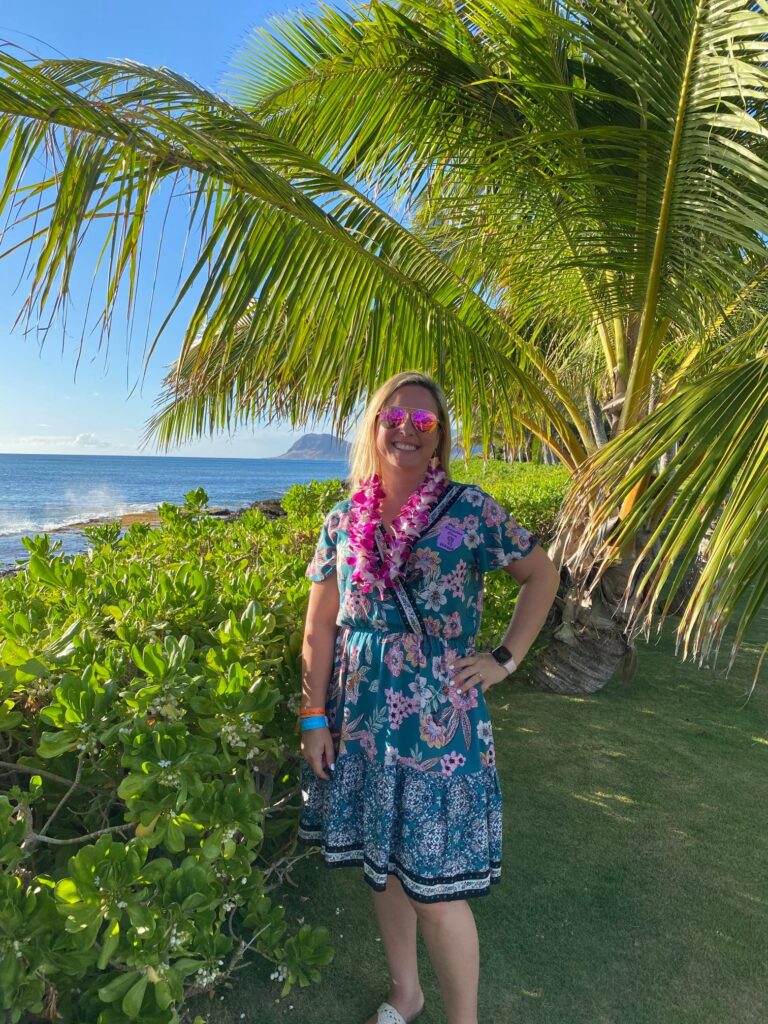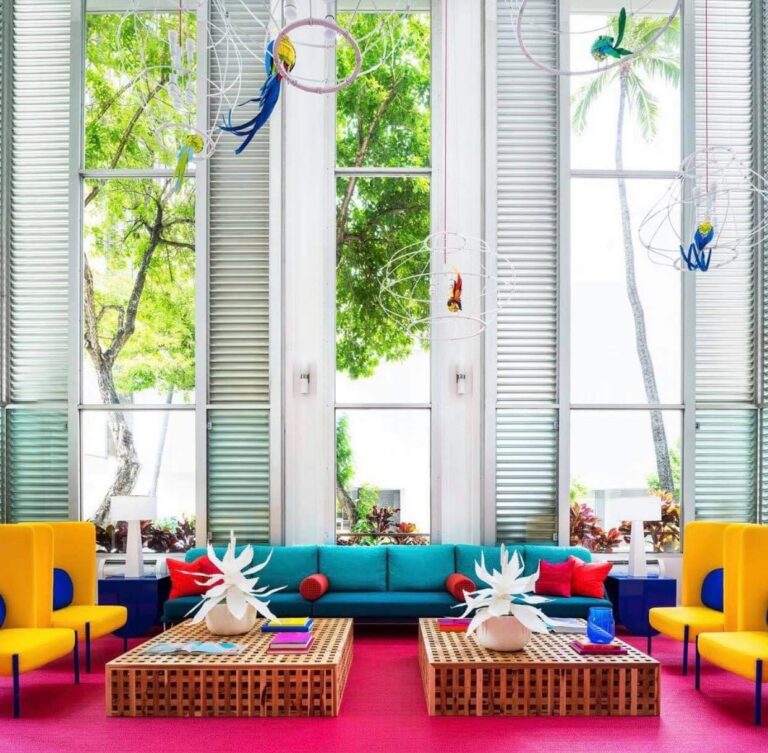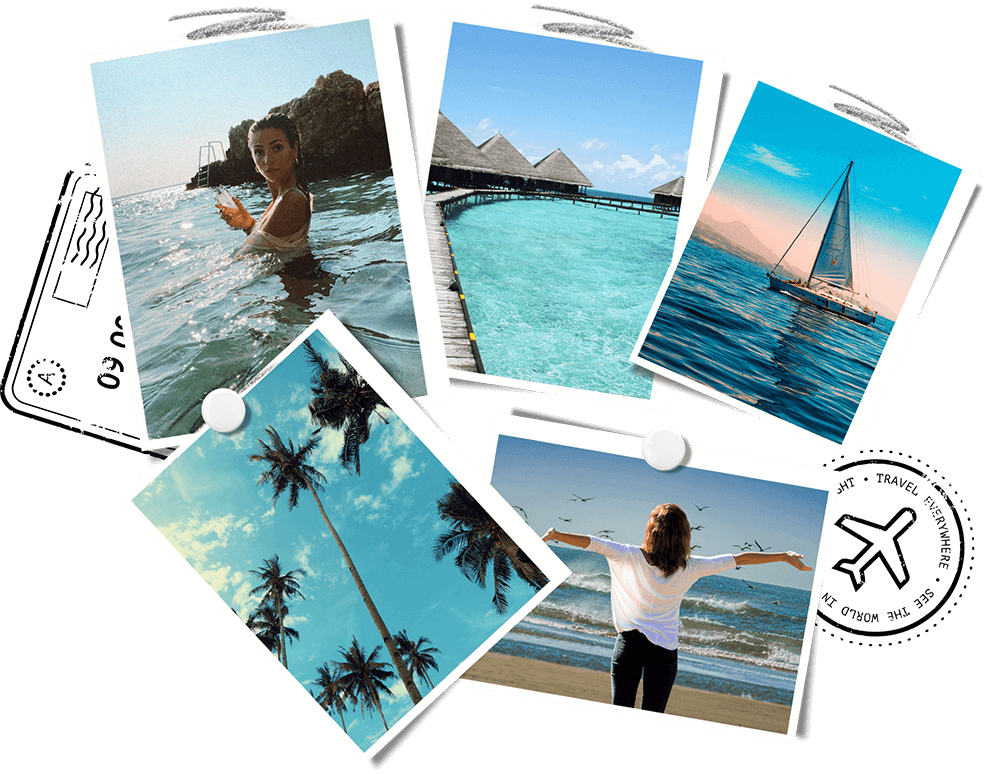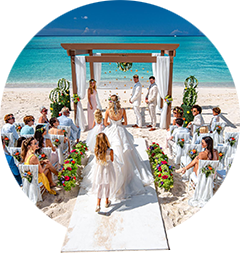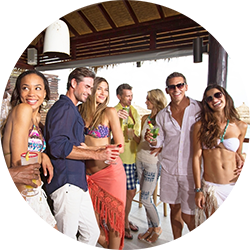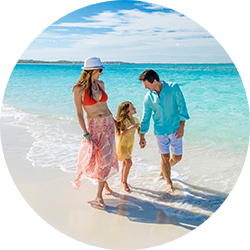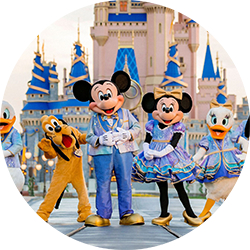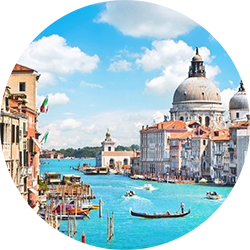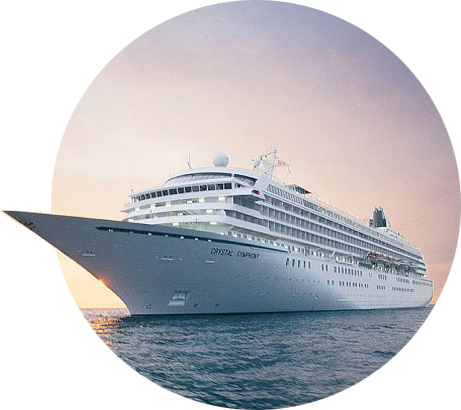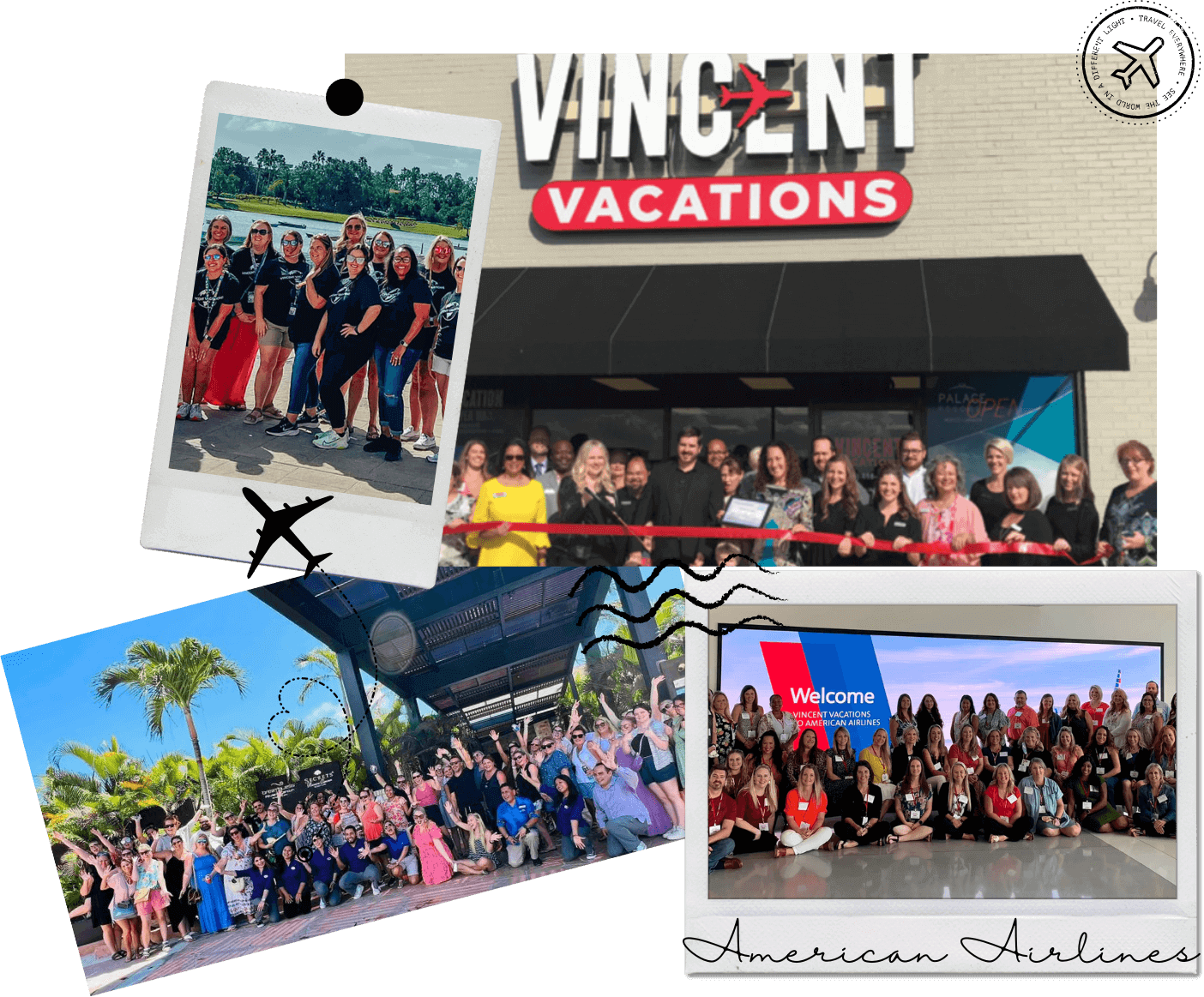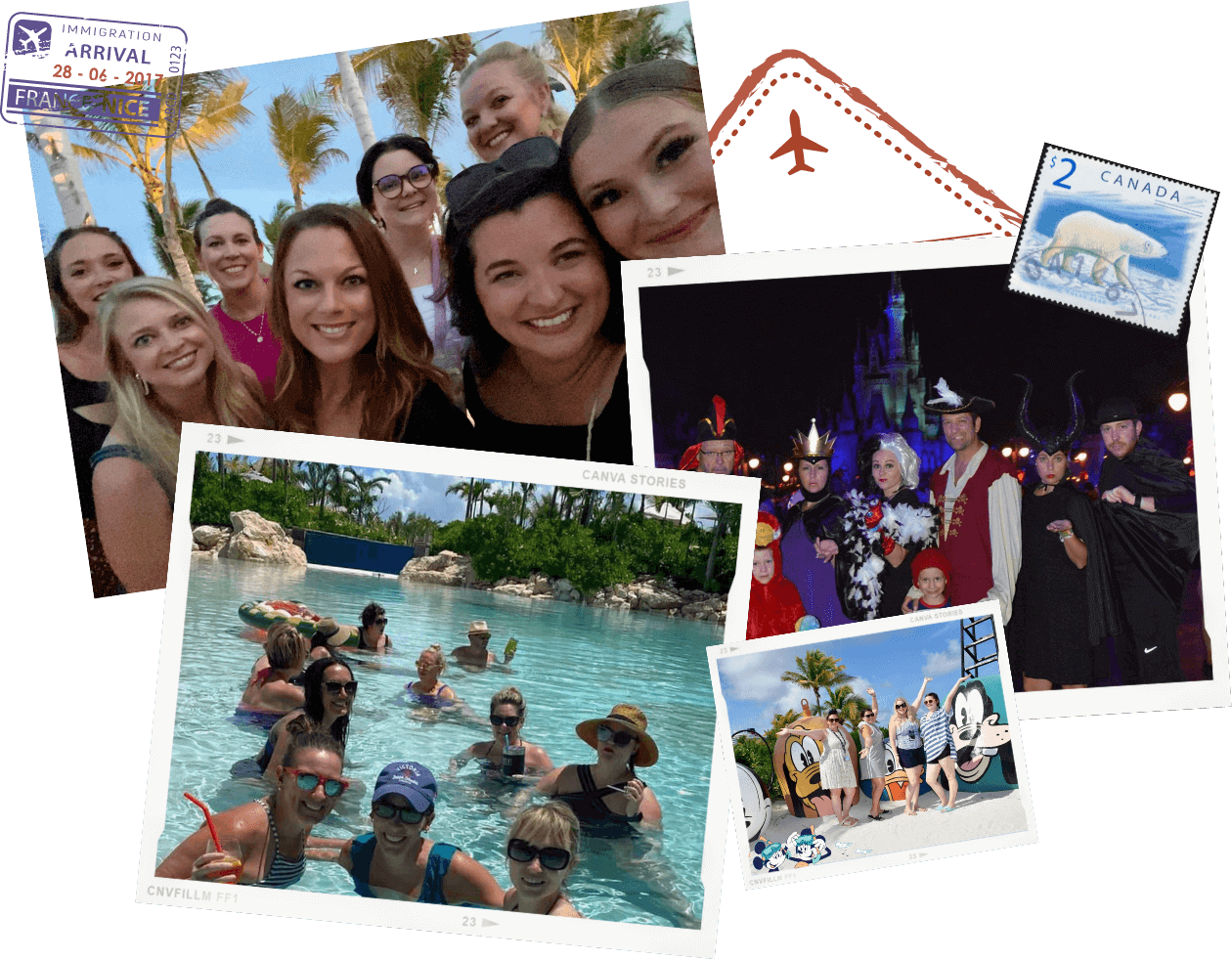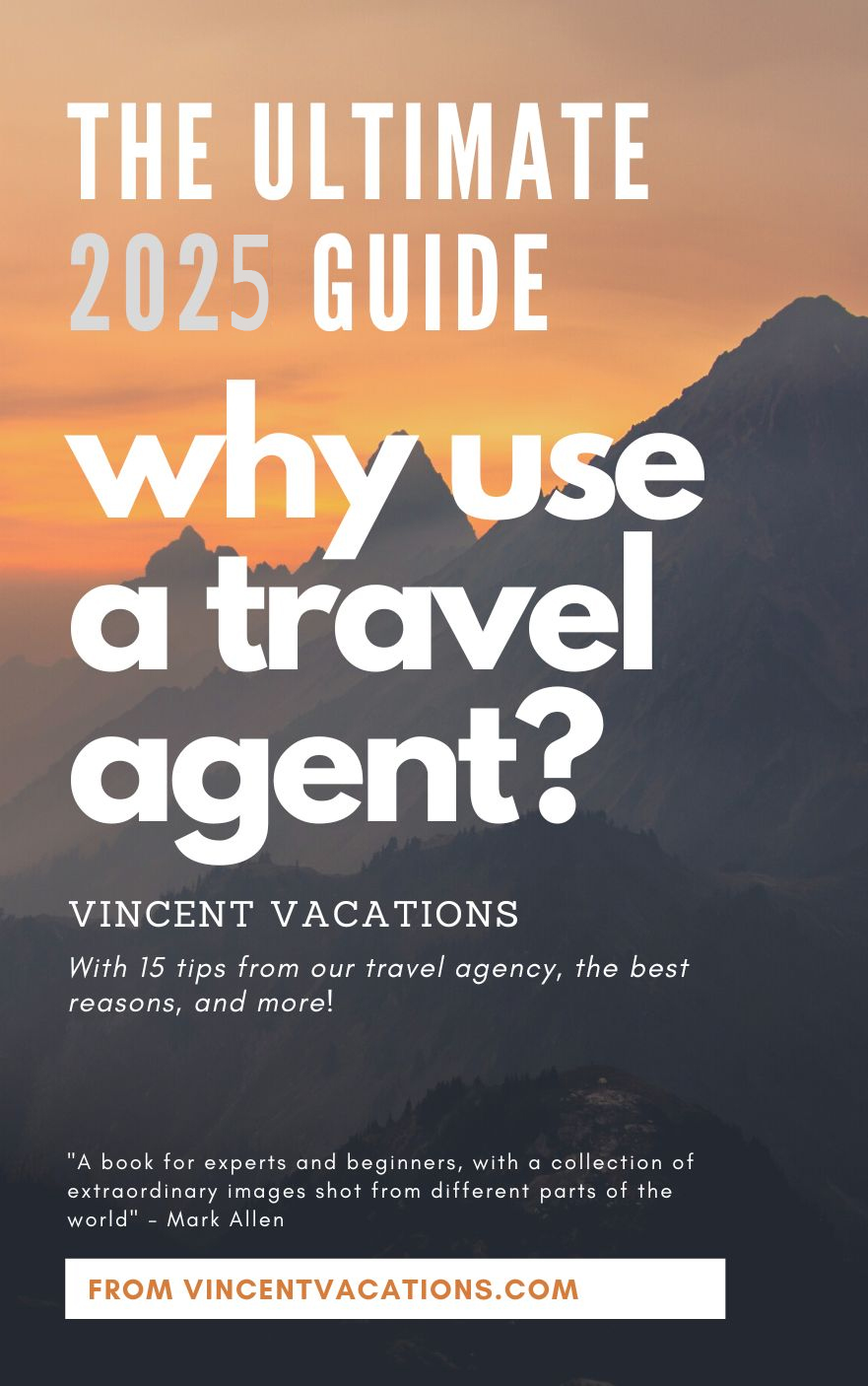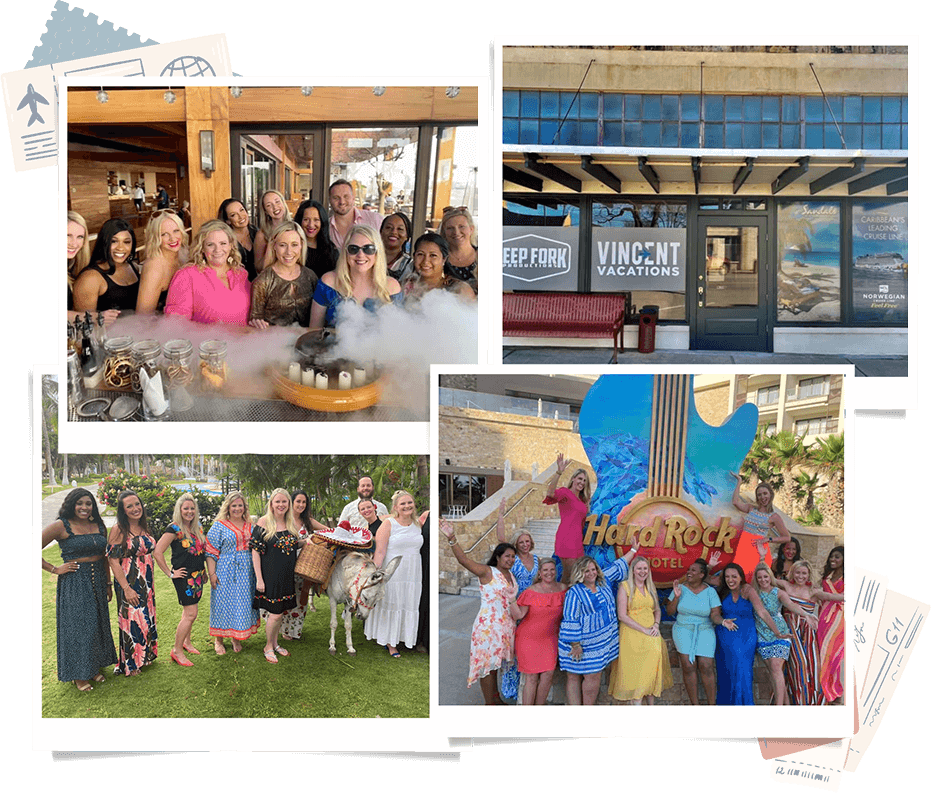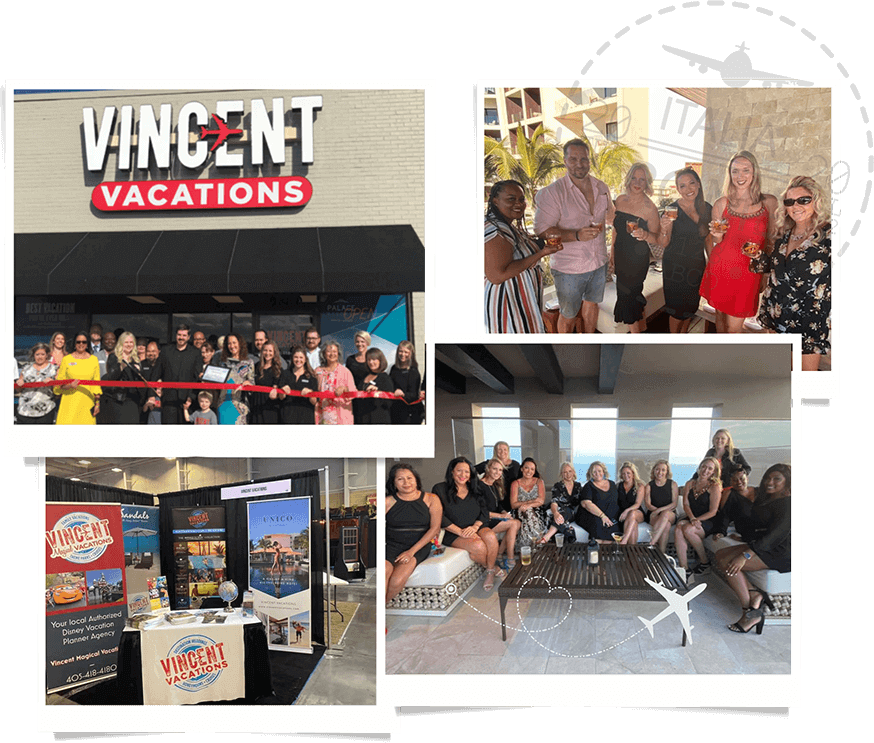Overview
Introduction

The island of Maui, Hawaii, deserves its reputation as a top vacation destination: It's covered with pristine white-sand beaches, calm ocean bays and thrilling surf, stunning mountain and volcano vistas, sugarcane fields, highland ranches, waterfall-fed pools and twisting mountain roads.
But Maui is no hidden gem—it's the second most-visited Hawaiian island, and you'll have to do some work to find tropical solitude. Still, Maui's beauty and the mix of different areas make it a good choice. Regardless of where you're staying, the entire island can be seen in a series of day trips.
Most Maui hotels and resorts line the leeward, dry western shores of the island in West Maui and South Maui. The majority of the island's visitors stay there. Beyond the perimeters of the beautiful resort areas, however, the rest of Maui is open for exploration.
Must See or Do
Sights—Whale-watching December-April in the shallow ocean channels or by boat; lounging on any of the island's fantastic beaches; Art Night Fridays in Lahaina.
Museums—Alexander and Baldwin Sugar Museum; Bailey House Museum; Hana Cultural Center.
Memorable Meals—An appetizer and a drink at the secluded Mama's Fish House outside Pa'ia; sushi at Sansei Seafood Restaurant and Sushi Bar; celebrity chef cuisine at Star Noodle; dinner and a show at the Old Lahaina Luau.
Late Night—Local entertainers at Charley's Restaurant in Pa'ia; bar crawling along Lahaina's strip of historic whaling-era bars; sunset cocktails and karaoke at Haui's.
Walks—The short, paved walk to view the Iao Needle cinder cone in Iao Valley State Park; any of the public walkways near the resorts; a stroll along the path stretching across Ka'anapali Beach; the manicured coastal trail in Wailea.
Especially for Kids—The walk-through aquarium tunnel of Maui Ocean Center; the Maui Golf & Sports Park for miniature golf, bumper boats and the X-treme trampoline; the ziplines at Maui Tropical Plantation; Stardust Hawaii's challenging Maui Treasure Hunt.
Geography
Maui's shape resembles a lopsided figure-eight, composed of two volcanoes. The dormant volcano Haleakala (10,000 ft/3,000 m tall) and the rolling hills of Upcountry Maui are to the east. On the opposite side are the dramatic mountains of the West Maui Range (with peaks rising more than 5,000 ft/1,500 m).
In between, a central valley cleaves the island, giving Maui its nickname, the Valley Isle. The island's major roads and towns follow the coastline and run along the central valley. Maui overlooks the neighboring volcanic islands of Hawaii, Molokai, Lanai and Kahoolawe, and the crescent-shaped Molokini.
History
Polynesian navigators from the Marquesas Islands and Tahiti journeyed thousands of miles/kilometers to first settle the chain of Hawaiian Islands beginning around AD 500. Maui's Chief Kahekili was the first to nearly unite the islands under one command, but it wasn't until 1810 that King Kamehameha of the Big Island accomplished the feat. Lahaina, Maui, served as the Kingdom of Hawaii's capital from 1820 to 1845.
British Capt. James Cook made the first recorded Western contact in 1778. International trade in sandalwood, whaling, sugar and pineapple developed in the 1800s. The islands became known for their sugarcane plantations, and immigrant workers arrived from around the world. At the same time, Christian missionaries arrived on the islands from the U.S.
The Hawaiian monarchy was overthrown in 1893 and six years later, the U.S. annexed the islands. Hawaii became the 50th state in 1959.
The mainstay of the economy, the sugarcane industry, began to falter in the 1990s. The state has since diversified to other industries, including tourism, agriculture and construction.
Potpourri
Removing stones or sand from Hawaii is not only archaeologically and environmentally frowned upon, but locals believe all rocks belong to volcano goddess Pele and doing so will invite her wrath. Each year visitors mail back stones and sand to visitor bureaus and other offices, citing bad luck.
Bats are the only warm-blooded land animals native to Hawaii. The mongoose was imported from India to eradicate rats, thought to have stowed away on boats to run rampant there. The experiment was a failure: The mongoose hunts in daytime, while rats are nocturnal.
There are no billboards on Maui to mar the views.
The famous "Road to Hana" has 600 corkscrew turns in 45 mi/72 km.
Lahaina was the capital of Hawaii prior to Honolulu.
Every winter some of the world's best surfers compete on waves towering more than 40 ft/12 m at Maui's famed Jaws surf break. Spectators can watch safely from the cliffs above as Jet Skis tow the surfers into the waves.
The oldest school west of the Mississippi is the Lahainaluna School in Lahaina, established in 1831 by U.S. missionaries.
Hawaiian written language, devised by missionaries, uses only seven consonants: h, k, l, m, n, p and w along with the vowels a, e, i, o and u.
Pi'ilani Heiau, at the Kahanu National Tropical Botanical Garden, is the largest temple complex remaining in all of Polynesia.
Location
Maui is a popular stop on cruises around the Hawaiian Islands. Most of the island's attractions are within easy reach of the two cruise-ship ports: Lahaina and Kahului. Cruise ships anchor in the Lahaina harbor and tender passengers to the old whaling town in the heart of touristy West Maui. You can walk from the dock to restaurants and shops, or take a taxi to nearby beaches.
The Lahaina Visitors Center is located across the harbor at 648 Wharf St., Suite 102. It is open daily 9 am-5 pm.
Cruise ships also dock at Kahului, Maui's commercial hub on the east side of the island. Though the pier is in an industrial area, you're more centrally located for day tours and just a few blocks away from several shopping centers, fast-food restaurants, low-cost hotels and beaches. The neighboring town of Wailuku is the county seat.
Tourist brochures and information are available at the Kahului terminal. Taxis usually wait outside for passengers. The Maui Visitors Bureau is located at 427 Ala Makani St., Kahului. It is open Monday-Friday 8 am-4:30 pm.
Shore Excursions
Some ships spend the day in Maui, and others overnight there. Take the opportunity to explore Maui's volcanic wonders on a tour of Haleakala crater, visit picturesque Hana, take a helicopter ride over the island's dramatic scenery, bike and hike, visit some of the many shops, swim and snorkel, or go whale-watching with a certified marine mammal specialist. Check with your travel agent for additional information.
Overview
Introduction
The slopes of Haleakala descend gently to the lower altitudes of central Maui. The area about halfway down is known as the Upcountry, Maui's cowboy district: Ranches, horses, wooden fences and fields of wildflowers dot the landscape, away from the bustle of commercial activity on the island. If you seek tranquility, hike or ride horseback in these hills and look down to see the glittering coastline of Kihei and Wailea.
Upcountry Maui's higher elevations translate into cooler weather and a more pronounced change of seasons than in the coastal areas.
Hawaiian cowboys (paniolos) ride herd on several large ranches in the Upcountry. The paniolo mystique draws visitors to the town of Makawao, home of a thriving arts community. Settled by Portuguese immigrants in the late 1800s, it retains a friendly, rural flavor. The town's Old West facade includes hitching posts. There, visitors can take a yoga class and watch a rodeo in the same day.
Upcountry Maui has a rich agricultural history that continues to thrive at the hands of creative residents. Botanical gardens grow everything from calla lilies to Christmas trees. A lavender farm welcomes guests for tours, craft lessons, tea and scones. A winery produces red, white, sparkling and specialty varietals, while a goat farm crafts award-winning cheeses in a bucolic setting with unparalleled views down to the sea.
Small, picturesque burgs dot the winding roads of Upcountry Maui, presenting opportunities for shopping, dining, adventuring and touring. In Kula, for instance, visitors can pick their own produce at an organic farm and watch it get transformed into a lunchtime feast or grab a cup of coffee for a drive up the slopes of the volcano. In Haiku, you can rent two-wheelers and explore the beauty of the area under your own power, and in Pukalani, you can zipline across the slopes of Haleakala.
Think about your ideal vacation, the place you daydream about while you're shopping for groceries or trying to get through a long meeting, and chances are everything you're picturing is synonymous with Maui. Known for its chart-topping beaches, aquatic life, and stunning landscape, "The Valley Isle" has plenty to offer within its vastly diverse terrain. From hiking through waterfalls and exploring volcanoes to simply lounging on the sand, there's no wrong way to enjoy Maui. Take the adventurous route or simply relax and recharge - the choice is yours. But be sure to read ahead to explore the many options this paradise-like island has to offer to make the most of your Hawaii cruise vacation!
Contact us for the latest Maui deals.

